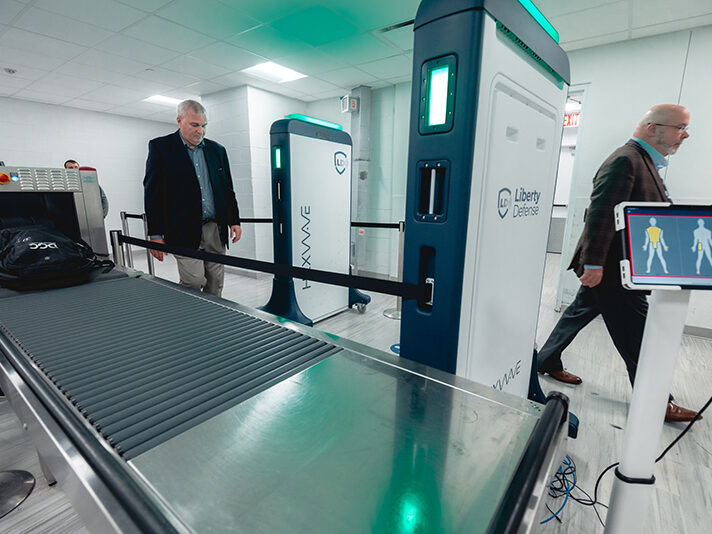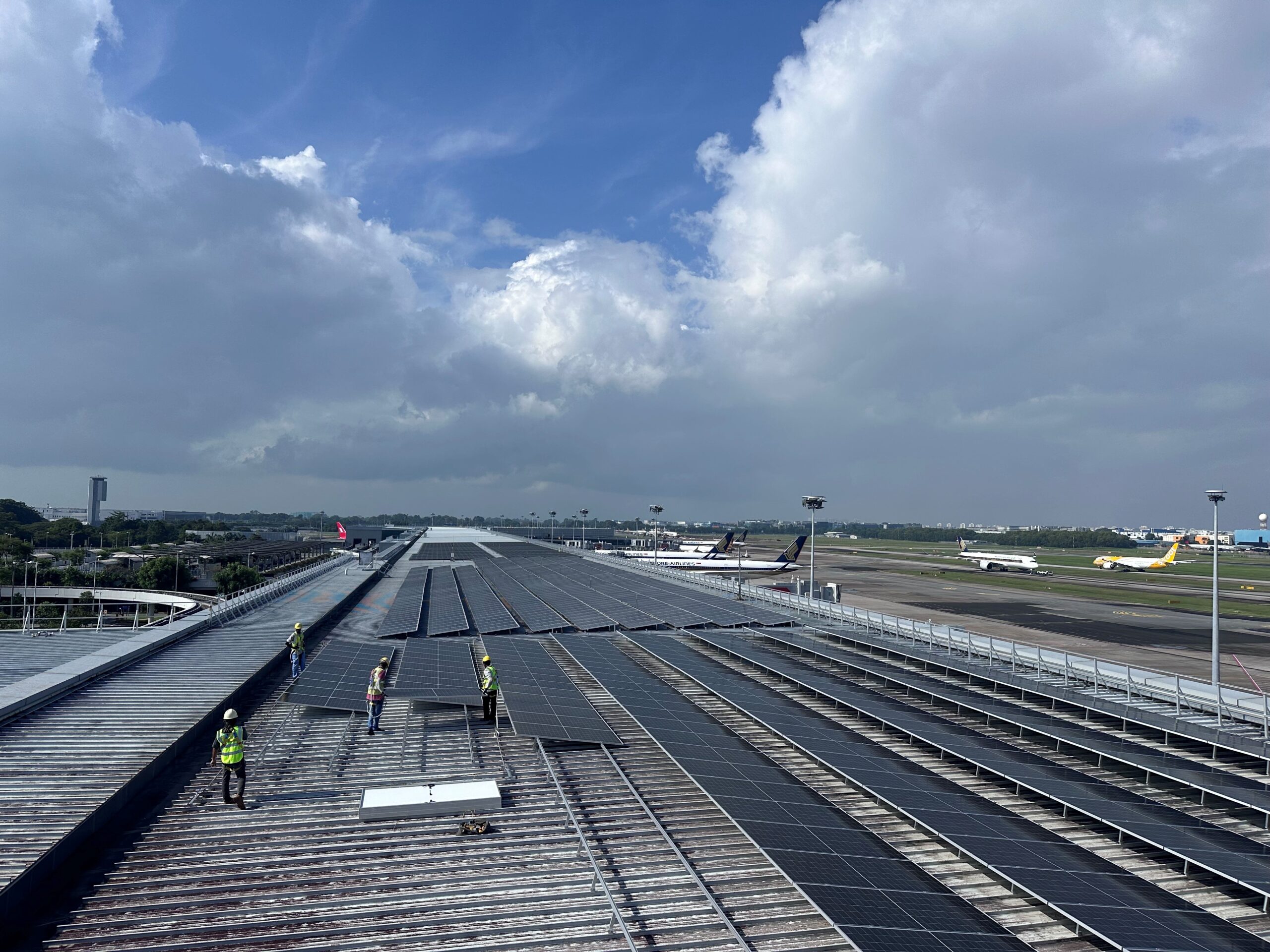In Singapore, Changi Airport is launching passport-free immigration checkpoints for arriving passengers.
This initiative is part of the Immigration & Checkpoints Authority’s (ICA) New Clearance Concept (NCC). It aims to bolster border security and enhance traveller convenience through digitalisation.

Types of Passport-Less Immigration Clearance
The new system offers two passport-free methods for a smoother and quicker clearance process:
Token-less clearance at air and sea checkpoints: Allows Singapore residents on arrival and departure, as well as all foreign travellers at departure, to clear immigration using only facial and iris biometrics.
QR code clearance at land checkpoints: Allows travellers to use a QR code instead of a passport for immigration clearance.
Implementation
Token-less clearance is facilitated by advance manifests submitted by airlines and ship operators, which provide ICA with traveller information before arrival. This data enables the use of biometric technology for a streamlined clearance process.
At land checkpoints, where advance traveller information is not available, ICA has introduced QR codes as an identification token.
ICA began implementing the QR code clearance system at land checkpoints on 19 March 2024 for car travellers, extending it to bus drivers on 15 April 2024. Currently, over 70% of car travellers and bus drivers utilise QR codes for immigration clearance.
Live-trials for token-less clearance at Changi Airport have since commenced on 5 August 2024 for arriving Singapore residents in Changi Airport Terminal 3.
The implementation will extend to all terminals at Changi Airport by September 2024 and to Marina Bay Cruise Centre by December 2024.
Token-less clearance is projected to reduce immigration clearance time by 40%.
Despite the move towards passport-free clearance, travellers must still carry their passports for immigration clearance at overseas destinations. ICA may occasionally require passport presentation for verification purposes.













